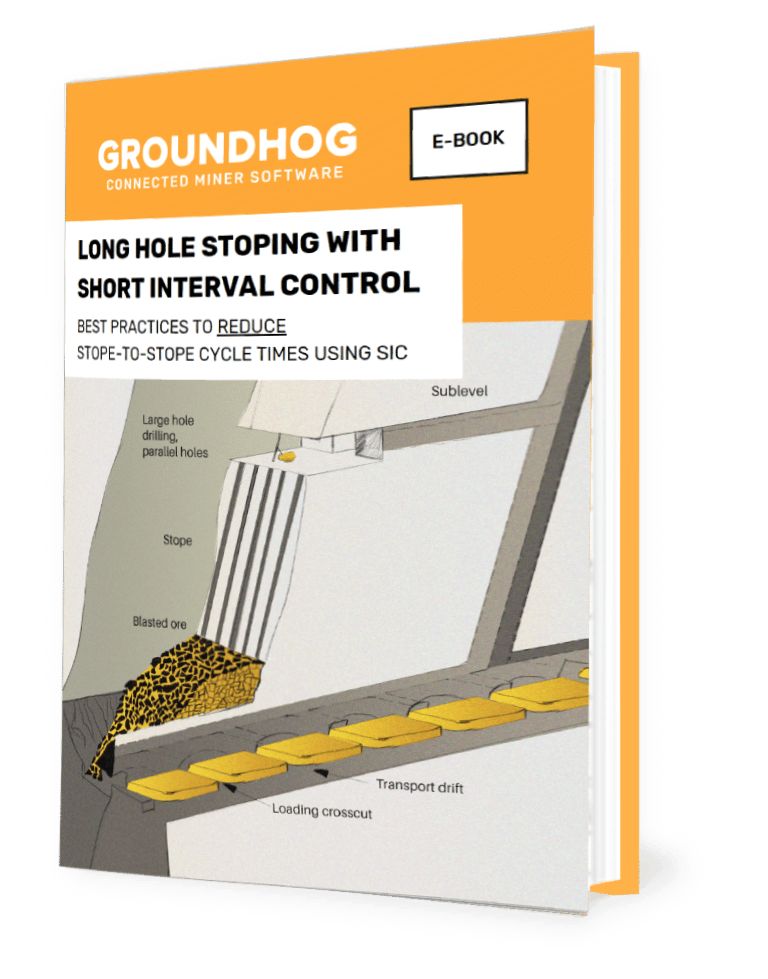Short Interval Control (or SIC) is a framework of structured processes that help you identify and act on opportunities to improve the effectiveness and efficiency of production.
SIC has always been in use at conventional and traditional types of businesses such as manufacturing, mining, and others. SIC is also known as a factory-floor process among some working professionals in these industries.
What is Short Interval Control (SIC)?

The idea behind Short Interval Control is that we cannot change the past, however, we can learn from the past and use it to improve the future.
SIC is implemented as a series of short and focused reviews which are typically carried out every two or four hours by front-line teams. During the review, personnel in the front-line teams carry out the task of reviewing losses and identifying actions that will help improve performance in the future.
So, an effective short interval control process involves identifying and implementing effective actions to improve performance in repeated cycles. During each SIC review, the front-line personnel complete a series of four steps to achieve this goal:
Reviewing the previous interval
- Review losses from the previous interval, evaluate the top losses for potential countermeasures
- Assess previous actions, evaluate their effectiveness, and whether follow-on actions are needed.
Looking ahead to the next interval
- Identify risks, identify upcoming conditions and changes that may adversely affect performance
- Decide on a specific set of actions that will be completed during the next interval
In this article, let us explore and understand how short interval control can help improve mining. Let us also explore how a modern implementation of SIC (a digital SIC) can help improve production and efficiency during shifts.
Challenges in mining

There are many difficulties in underground mining even today. In the present setting, the accompanying difficulties are the most widely recognized among miners today.
Manage multiple core mining tasks
Core mining activities such as development, drilling, blasting, mucking, filling, and ore transport are difficult to manage using slower methods.
Achieve sustainable production rate targets
The assignment of people and resources to activities, and the co-ordination of all the activities to achieve controlled production rates become overwhelming when using legacy systems.
Capture accurate data
The usage of call-in reporting via radios and paper are proving insufficient to calculate accurate production figures, and also to forecast for the next shift.
Short Interval Control in mining (Until now)
Over the years, underground miners have been using many variations of SIC to make operations more efficient and seamless. Until now, most implementations of SIC has been to control production. Miners and supervisors would do this by setting goals for individual operators.
Operators would perform their tasks against goals assigned to them. These would be reported via the paper at the end of the day either via call-in or via paper submissions.
SIC has evolved over the decades and now allows mining operations managers and supervisors to forecast employee shifts, ensure safety and control production.
Until recently, miners have been effective and efficient with managing short interval control operations on paper. This method of SIC was working doing great until the mining industry experienced a seismic downfall in the resources market. Today’s competitive commodities and resources market is forcing miners to change strategies to continue being profitable.
And how do they change strategies? How do you as a miner change strategies that have worked brilliantly for so long?
Here is where technology experts and technology companies come in. Thanks to the rapid adoption of mobile technologies, and owing to the falling cost of mobile hardware, it is now possible to do powerful things using affordable mobile technology.
Digitalization of Short Interval Control (SIC)

Companies across the industry have benefited from shifting traditional methods of paper-based data collection to mobile-based data collection. This is what they call, the digitalization of information.
Collecting information using a mobile device opened up a new world of possibilities for many companies. By harnessing data that is now available digitally, the management gains the intelligence to pursue new goals in a more strategic, data oriented framework.
Successful application of SIC requires a key condition that your team has the skills, and the desire to make improvements to the production process.
With the right set of tools, your team is now equipped to measure current happenings, and identify areas to improve performance.
Digitalization of Data Collection
The usage of real-time information has become increasingly common in underground mines. Tracking and monitoring personnel safety, monitoring and tracking equipment, monitoring ventilation must be taken beyond conventional methods today.
One way to do this is by using sensors. Internet of Things or IoT devices are smart, affordable devices fitted with sensors that capture data. There are various sensors for various types of data. The data captured is sent in real-time to the control center.
Paper based inspections must move to digital inspections. Smartphones and tablets can be used to capture more data such as operational checklists, inspections, and others.
Enabling technologies have advanced significantly to a point where it has now become highly cost effective to implement all of these ideas.
Digitalization of Production Scheduling
Short interval control is primarily focused on production control. As discussed earlier, while there is a standard for the manufacturing industry, a standard is yet to be defined for the mining industry.
In essence, a digitized short interval control enables the creation of a super fast feedback loop on the production tracking against expected production at short intervals. This is made possible using a multitude of interconnected seamless technology pieces working together to manage and track production.
While a standard short interval control system has been used in mining for many years now, the core benefit of digitizing production control is to improve the speed at which production can be tracked, and consequently (automatically) matched to expectations.
Digitization of production control requires a cutting-edge scheduling system that:
- Imports your mining long range schedule and “tunable parameters” from your production plan.
- A capability matrix that identifies skill and effectiveness index, identifies and matches operator to the most effective equipment, creates shift task lists for supervisors to review and dispatch.
- Is integrated with KPIs and reports to allow supervisors, operations managers and management to get insights and facilitate optimization as required.
Digitalization or digitization is about bringing operators and supervisors closer to understanding where the entire mine stands with respect to overall goals for the day, week, month, and the year.
Technically, operators or supervisors in a mine must be able to view their production targets and completed targets. Modern technology such as mobile apps allow the capturing and reporting of this information seamlessly. Examples of these distinct interfaces are below (from our mining fleet management software, GroundHog FMS)
Here are some interfaces for a Loader, Jumbo, Haul truck, Bolter and others. Note how easy it is for operators to know their shift targets, and also report their progress in real-time to the operations command center.





In the past, technology platform changes have often been quite expensive, and in some cases very risky. Moreover, the learning curve to on-board personnel to these platforms was usually quite steep and expensive.
Today, technology has advanced rapidly in the last decade, and all of the technologies discussed in this article are very affordable to implement.
For example, IoT devices such as sensors are less than a few dollars, these capture data and send them to any computer or device of choice. Advancements in mobile technology has made smartphones and tablets with powerful computing capabilities affordable for large scale implementations.
A great user experiences in such digital short interval control solutions also reduce the amount of time it takes to on-board your staff to this platform. A mobile application for reporting is also a great companion to radio communication elevating the culture of being live and up to date.
The changing landscape of mining
The competitive landscape is gradually shifting leading to mining companies exploring both vertical and horizontal opportunities. While digitization and modern technology can help drive vertical progress and business optimization, smart and intelligent usage of data can drive new value creation in the mining chain. There is immense potential that this new value creation could be internal, or external leading to new channels of revenue, partnerships, and growth.
A clear strategy is absolutely essential. A plan that outlines why you are digitizing, and how this is going to change the value proposition today is essential. Secondly, a plan that outlines how implementation of new technology is going to secure existing or build new competitive advantages must be built, and understood by the entire company. This visible roadmap is vital when engaging your company to transition to digital.



